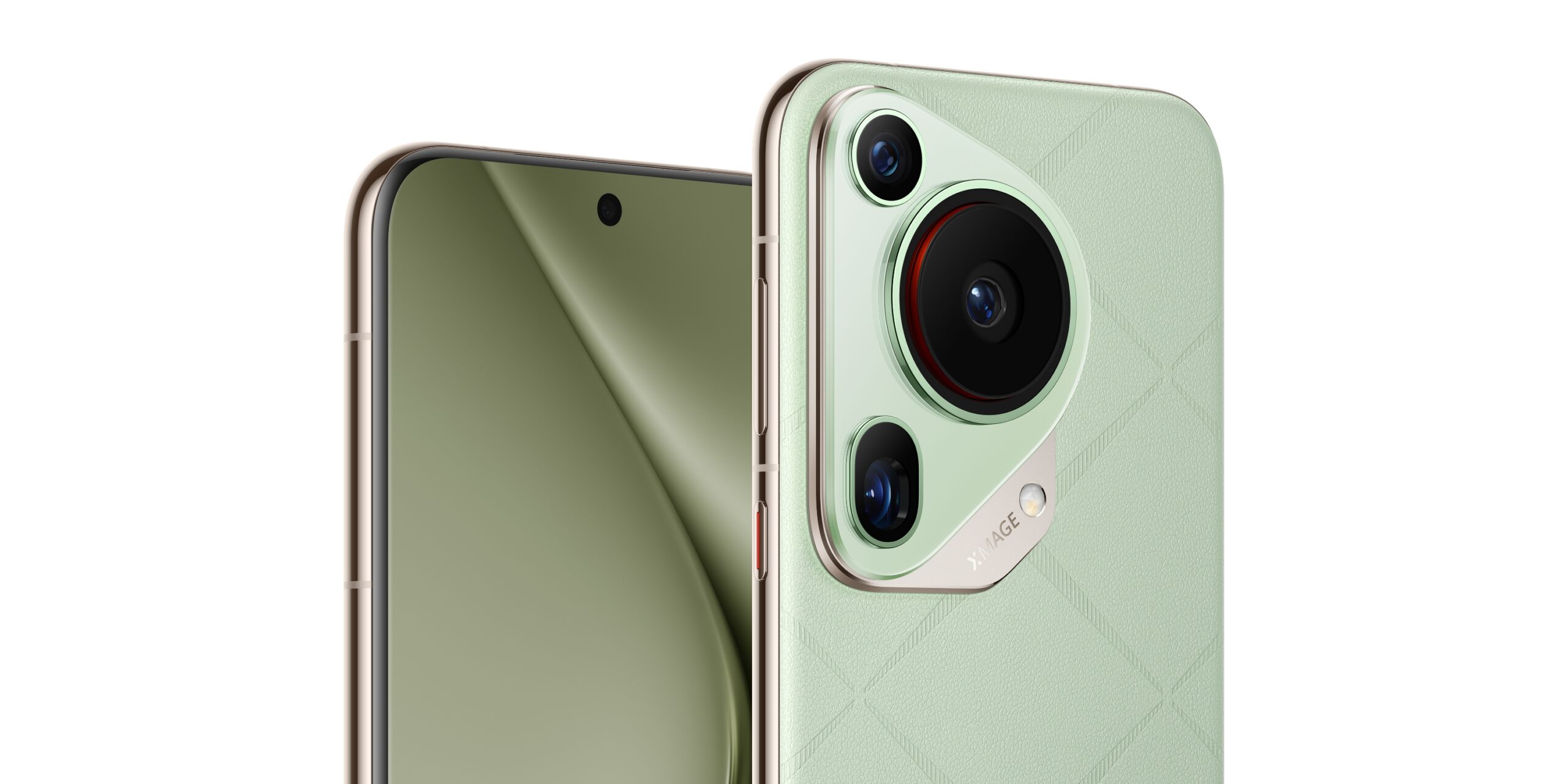It’s about better service
With Smart’s rollout of the first 5G tower in Clark this month, many people have asked us if it’s still worth it to buy a flagship phone this year. We get it – the promise of ultra-fast downloads on a 5G network is enticing, and no one wants to buy hardware that’s quickly about to become obsolete with the arrival of new technology.
But there’s a lot of common misconceptions about 5G and what it delivers in general, and it’s not (all) about the speed.
But doesn’t 5G deliver ultra fast download speeds?
Sure. We’re already seeing blistering speeds in lab settings, and chipmaker Qualcomm thinks that you can achieve around 10 to 20 times faster browsing and download speeds when the technology matures.
The thing is, past a certain point, having blistering fast internet doesn’t really matter in the context of mobile phones, thanks to the how data caps and limits are implemented. Not just in our country mind you: those limits are present in other parts of the world.
Past a certain speed, your Mbps simply doesn’t matter right now since it won’t significantly impact your daily use habits. Spotify loads and plays music the same whether your current download speed is at 5Mbps or 25Mbps. YouTube performs the same at 5Mbps or at 25Mbps at full HD (which is what the majority of content is uploaded to.
Wait, so what’s the point of 5G then?
Well, 5G excels at delivering extremely low latency, to the point that autonomous and connected cars are relying on 5G mobile networks to get from point A to point B while keeping their passengers safe.
Because of the low latency that 5G networks deliver, it’s the perfect tech for any kind of application that requires low-latency connections, such as streaming of video, IoT appliances and the like.
One thing that 5G does very well is handling a lot of data. Like, A LOT. While there isn’t a solid definition of 5G currently (a bunch of companies is still hammering the standard out) the most common implementation of the tech requires a bunch of short millimeter radio waves packed together, which is able to handle a lot more data in a congested urban area.
What does that mean for me?
Well, that means less sucky service. 4G networks are congested right now because the people behind the standard didn’t anticipate the sudden explosion of data that most people use and generate when they put together the standard. Simply put, our networks and the standards those networks were built on, did not expect millions and millions of people simultaneously taking photos of their food and uploading them at the same time on Facebook with vague hashtags when they built 4G networks, and our networks are being overwhelmed.
5G on the other hand, IS. 5G-capable phones will be able to take advantage of newer towers and 5G hardware, allowing them to jump from the relatively constricted 4G side streets into the 5G highway. And since 5G networks are built to scale to the demands and needs of the modern digital age, it’ll be able to handle all of that data without getting congested.
Doesn’t that mean 4G will go away?
Not really, at least not yet. 5G, as it stands right now, is great for urban areas but suck at delivering data at extended distances. 4G is still far more efficient at blanketing an entire area with a cellular signal than 5G is.
There’s also the business of actually rolling it out. 5G is new tech, and new tech means new hardware, and new hardware means costly expenditure, at least for telcos. And since the standard hasn’t been completely hammered out yet, so all you’re seeing right now are laboratory tests and small-scale deployments.

Should I hold off buying a phone this year to get a 5G phone?
No. If you’ve been eyeing many of the excellent flagship devices that have crossed our hands this year like the Mate 20 Pro, go ahead and buy it. Don’t worry about 5G yet, as it’s very likely it won’t have a massive impact on how you use your mobile device until it’s rolled out to a wider urban area like Manila in the next few years.







